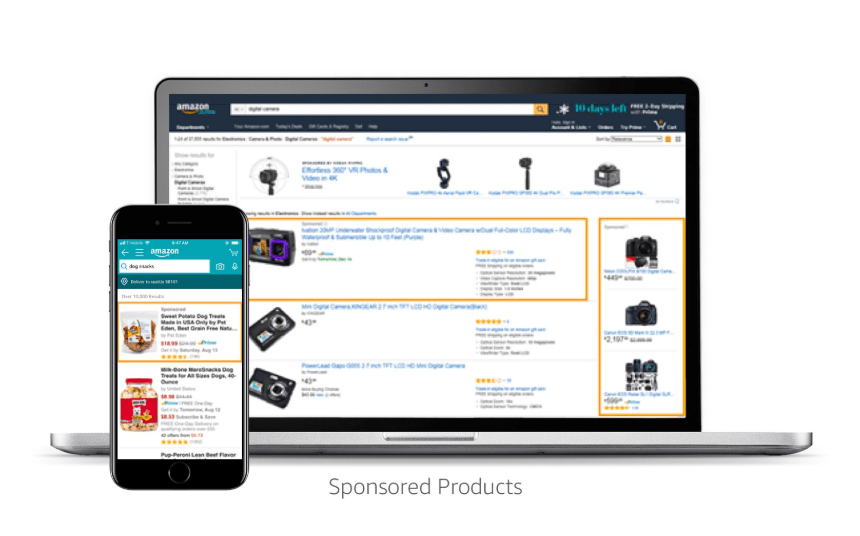Although both Fulfilment By Amazon (FBA) and Seller Fulfilled Prime (SFP) benefit from the Amazon Prime program, they differ in many ways.
Every seller should carefully evaluate these differences and utilise the program which best meets their overall business needs. See the main differences below:
Fulfilment
The most obvious and significant difference between the two selling platforms.
With FBA, Amazon picks, packs and ships the product to the buyer.
With SFP, the seller manages the entire pick, pack and ship process after a sale is made.
*Although, it may be more cost effective to use SFP, the convenience of FBA can’t be denied. In particular, for small businesses that save enormous amounts of time and resources which can be utilised for product development and marketing.
Fees
With FBA, the fees cover storage, picking, packing, shipping and customer care. Most sellers find this to be a worthwhile expense as it simplifies their cost structure into a single amount for multiple services.
With SFP, sellers are not liable to pay fulfilment fees directly to Amazon. However, they will still need to pay for inventory storage, management, incidentals, staffing and shipping costs to outside vendors.
Inventory
With FBA, Amazon will store and organise the inventory in one of their sophisticated fulfilment centres. Thus massively reducing the inventory management workload for the seller.
However, it also reduces their ability to physically monitor stock numbers and can attract long term storage fees if the inventory is held over 6 months.
With SFP, the seller stores all the inventory and can easily access and monitor the quantity. They can quickly fulfil orders from multiple sales channels without having to utilise Amazon’s Multiple Channel Fulfilment.
However, they are also required to operate a staffed warehouse and meet Same Day Prime shipping requirements. This means they need to cover the costs of purchasing or renting a warehouse, staffing 7 days a week and other incidentals such as insurance and rates. All these factors together can become quite expensive.
Returns
With FBA, the entire customer service and returns process is handled by Amazon. Once again, they take care of a very time consuming and complex part of running a small business.
With SFP, the seller must manage all customer returns. Depending on the scale of their business, this could result in additional staffing costs and most likely will not provide the service level Amazon can to customers.
Both FBA and SFP have clear advantages and disadvantages. Most of the time the ease of FBA for small business, make it a clear winner.
However, on some occasions SFP can be the better option, especially for businesses selling though multiple channels.
Every business is different, but one thing is clear. If you choose to sell through Amazon, it must be through either FBA or SFP, as they both tap into the lucrative world of Prime.

